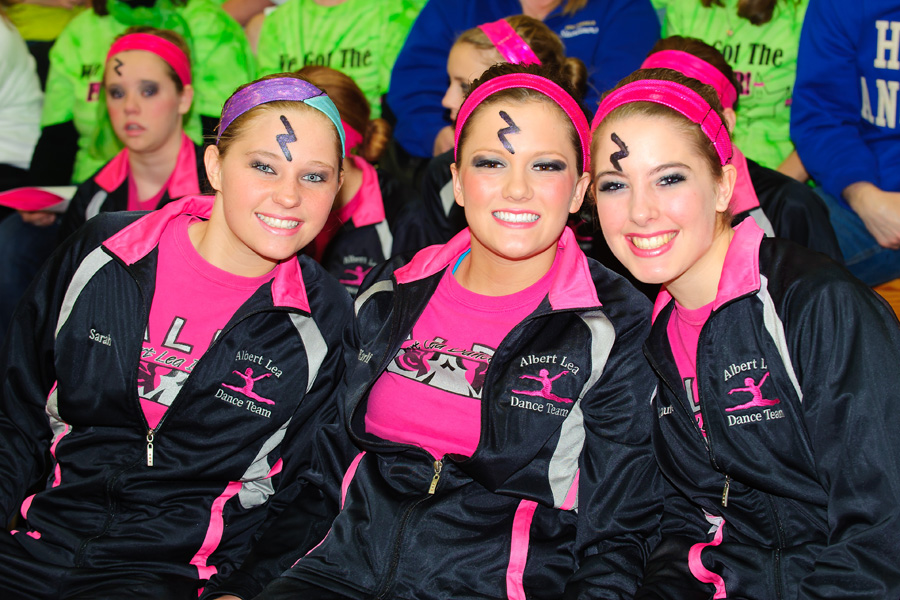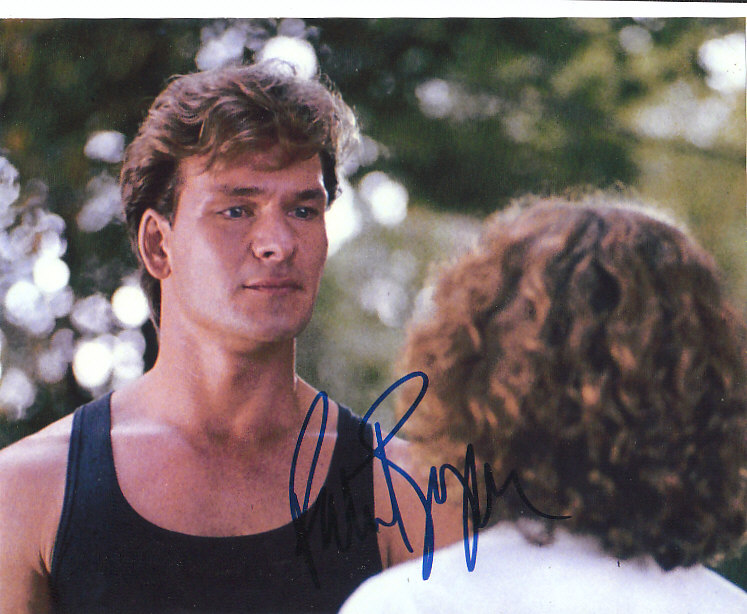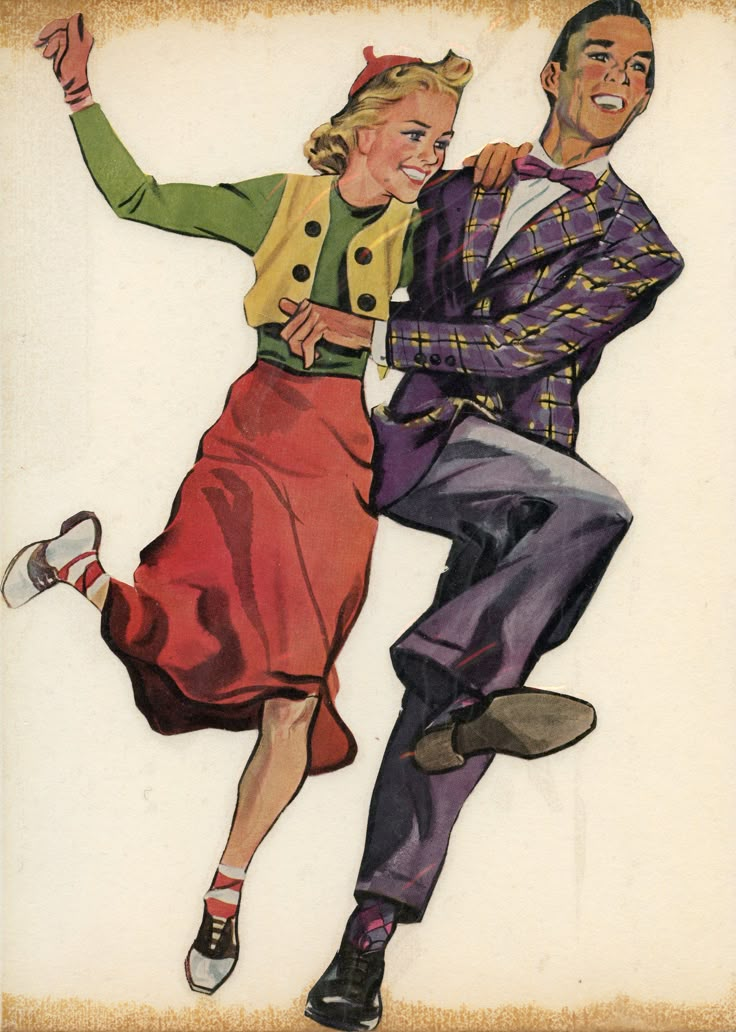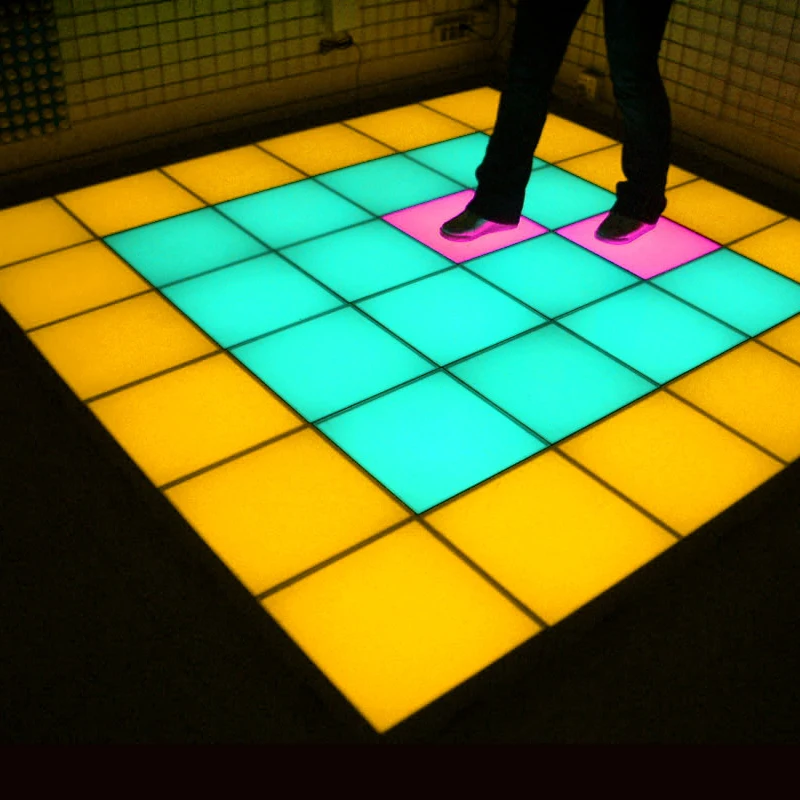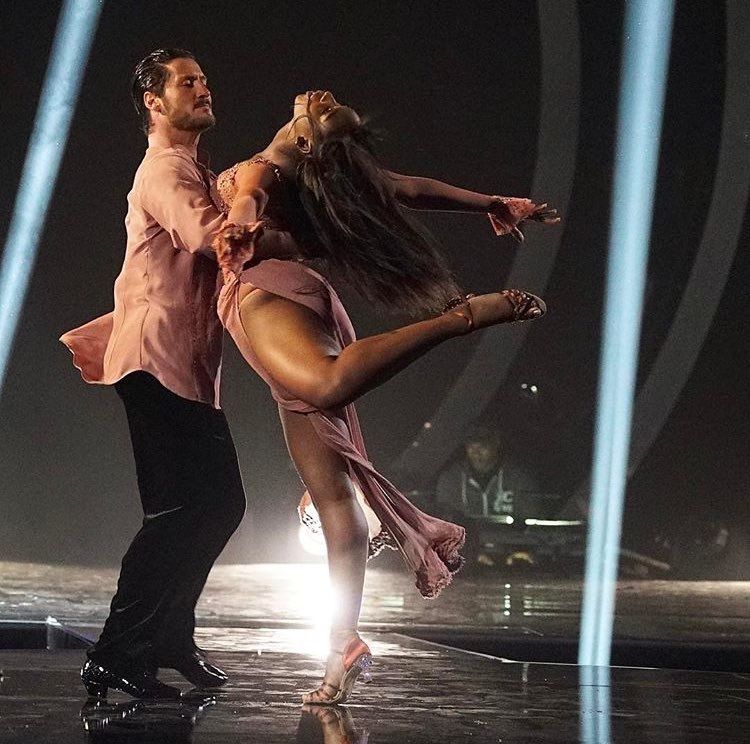How to do the madison line dance
The Madison Time | Lindyland
The second Madison recording to be released in the late 1950s was by The Ray Bryant Combo and called The Madison Time. The album recorded by American jazz pianist Ray Bryant was recorded in 1959 and 1960 for the Columbia label. The album was released following the success of the Madison dance craze single “The Madison Time” which reached number 30 on the Billboard chart and number 5 on the R&B chart.
This recording featuring the Ray Bryant Combo came about when local radio disc jockey, Eddie Morrison, began doing calls on a whim over jazz records he played on the air. Listeners begged for more, and eventually Morrison was offered a recording deal with Ray Bryant and his New York Jazz Band. The tune sold 10,000 copies in the Baltimore area in its first week. This version of the Madison (The Madison Time) soon became the favorite choice of dancers nationwide.
“The appeal of the dance stemmed from it’s many variations, such as the “Jackie Gleason,” which imitates a shuffle performed by the comedian, or the “Wilt Chamberlain hook,” which calls for the dancer to stylishly dribble and shoot a basketball. These variations often poked fun at popular figures in the era, providing amusement for the dancers and a certain prestige for the caller. But perhaps it was the genius marketing strategies of Columbia’s Baltimore based manager Victor “Chuck” Gregory who recruited two nimble teenagers from the Buddy Deane show (Joan Darby & Jonas “Joe” Cash) to go on a teen shows tour of the East Coast and Mid-West demonstrating the dance steps…
Today, the Madison continues to make cameo appearances, coincidentally to witness Jackie Gleason’s shuffle on Broadway, as the dance was featured in the musical revival of the 1980s movie, Hairspray. The Madison also remains a popular line dance on the social floor where its variations may be enjoyed by new dancers and revisited by those who remember its heyday.”
Excerpts from The Definitive Madison DVD (Researched, Written & Produced by Paolo Lanna 2006)
In 1959, The Columbia record company hired two of the featured dancers from the Buddy Dean Show, Joan Darby and Joe Cash, to help promote the new album The Madison Time by the Ray Bryant Combo. The dancers were sent on a tour across the north east showcasing the steps that perfectly matched the calls in the hit tune The Madison Time (featuring DJ Eddie Morrison). During that period, Joan and Joe were also filmed dancing the entire choreography. And finally after all those years, here is the film! And it’s likely the same footage I was fortunate enough to see back in 2005 for one quick viewing courtesy of Arlene Kozak, a key production manager of the Buddy Dean Show and Linda Snyder who played it on her VHS for me.
The dancers were sent on a tour across the north east showcasing the steps that perfectly matched the calls in the hit tune The Madison Time (featuring DJ Eddie Morrison). During that period, Joan and Joe were also filmed dancing the entire choreography. And finally after all those years, here is the film! And it’s likely the same footage I was fortunate enough to see back in 2005 for one quick viewing courtesy of Arlene Kozak, a key production manager of the Buddy Dean Show and Linda Snyder who played it on her VHS for me.
The film became the basis of my knowledge of the Madison Time dance steps. Thus, when we recorded ourselves doing this line dance just weeks later in 2006 (Jennifer Comar and myself Paolo “Lindy” Lanna), we released it as a re-creative version publicly as part of The Definite Madison Instructional DVD set. https://youtu.be/w6QWoLXJ9Z4 “This is indeed the film and this is epic news because the footage that has eluded me and other historians of The Madison Time for so many years is now here for all to see.”
https://youtu.be/w6QWoLXJ9Z4 “This is indeed the film and this is epic news because the footage that has eluded me and other historians of The Madison Time for so many years is now here for all to see.”
Paolo Pasta Lanna, historian for The Madison Time line dance
MORE HISTORY This film clip was distributed around the country in 1959/1960 and used as a promotional for the Columbia Record company. It is still unclear whether Tela-Records Services, located in front of Paramount Pictures in Hollywood, CA filmed Joan and Joe in their CA studio or just acquired it from Columbia Records to make it part of their Tela Record viewing machine collection. “Back then, for .10 or.25 cents, one could watch this dance clip along with a collection of popular musicians of the time” says the grandson of Bradley Kemp. After having been stored for 60 years in the Tela-Records vaults, they have released this footage and we can now, courtesy of “Classic Music Videos & Pictures 1960s” https://www.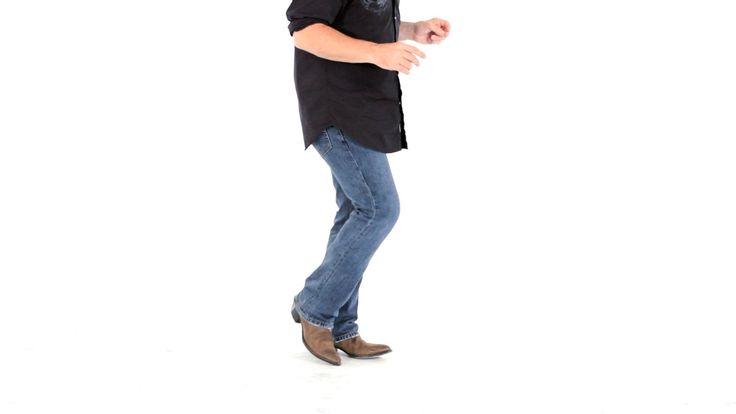 youtube.com/channel/UCC5U… share this across the world.
youtube.com/channel/UCC5U… share this across the world.
QUOTE from JOE CASH “The black community came to us and taught us the dance,” said Joe Cash, who later went on to breed thoroughbred horses at his Folly Quarter Stables in Howard County (Maryland).
How The Madison (Line Dance) Got Its Name And Other Information About The Madison Dance & Records
Edited by Azizi Powell
This is Part I of a two Part pancocojams series on "The Madison". The Madison is an African American originated late 1950s African American originated line dance..
Part I provides information about the origin & early years of the Madison dance and records. Lyrics for "The Madison" by Al Brown & The Tune Toppers' and "It's Madison Time" by Ray Brown Combo are included in this post.
The Addendum to this post features a video of the "Birdland" jazz/swing dance. The "Birdland" nightclub in New York City -if not the Birdland dance itself - is reported to have inspired the Madison line dance.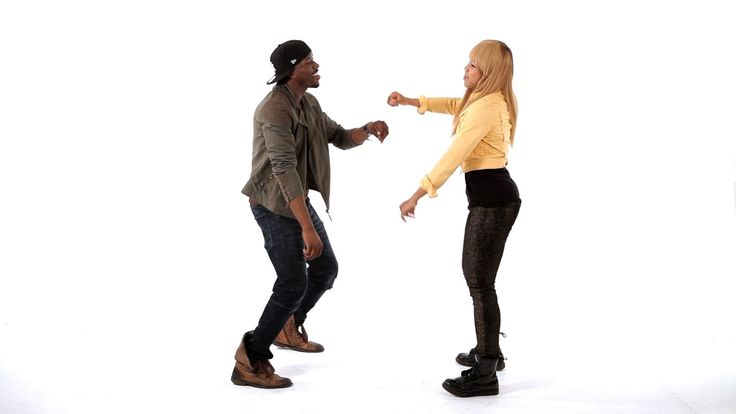 Also, the Birdland ((dance) is one of the calls in Al Brown "Madison" record.
Also, the Birdland ((dance) is one of the calls in Al Brown "Madison" record.
Click http://pancocojams.blogspot.com/2016/03/al-brown-and-ray-bryant-madison-records.html for Part II of this series. Part II showcases sound files of Al Brown's and Ray Bryant's "Madison" records and six videos of the Madison line dance.
****
The content of this post is presented for cultural and aesthetic purposes.
All copyrights remain with their owners.
Thanks to the originator/s of The Madison line dance and thanks to Al Brown & The Tunetoppers and Ray Bryant Combo for their musical legacy. Thanks also to all those who helped popularize the Madison line dance. Thanks to all those who are quoted in this post, and thanks to the publisher of this video on YouTube.
Click http://pancocojams.blogspot.com/2016/03/black-teens-and-buddy-deane-show-1957.html for a related post on Black Teens And The Buddy Deane Show.
****
INFORMATION ABOUT THE MADISON DANCE - COLUMBUS, OHIO ORIGIN
[Update April 5, 2022: I neglected to add the link for this article in the original pancocojams post, but I found a reprint of it in this longer article on the Madison:
http://www.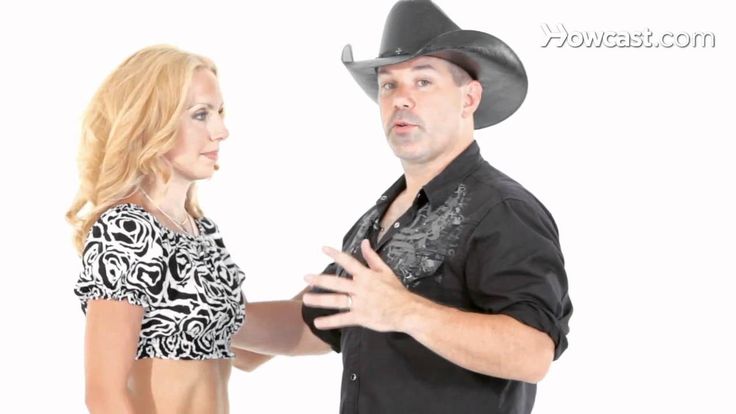 columbusmusichistory.com/html/madison_1.html
columbusmusichistory.com/html/madison_1.html
From The Ohio Sentinel
"Madison Dance Started In Columbus'
By Lucius E. Lee, June 18, 1960
"Although it has not become a national issue there are certain rumblings of it in Columbus already with club factions vieing [sic] for the honor of either starting the Madison dance craze or bringing it to the city. The dance has become international to the extent that it got front page notice in a London daily and column space in one of the tops in American journalism, Time magazine.
Besides that, it is the most popular dance in the nation and a record, describing its steps by Henry Glover, backed up by Bill Doggett, is at the top of the hit parade. But the dance was first done in Columbus back in 1957 and ’58.
In all probability, the Madison had its start at the LVA Club in Columbus sometime in late 1957. The incidents fall in line like this.
William (Bubbles) Holloway, LVA mentor, was with Sonny Payne and Larry Steele in front of the Birdland in N. York. Bubbles asked Larry how to get to Madison Avenue from the Birdland and he answered: “Take it to the left, young man, take it to the left.”
York. Bubbles asked Larry how to get to Madison Avenue from the Birdland and he answered: “Take it to the left, young man, take it to the left.”
That remark laid the groundwork for the Madison dance which starts on the left foot, the only dance that does so, and Madison Avenue’s direction from Birdland down Broadway is to the left.
When Bubbles returned to Columbus the Birdland was the craze but that phrase, “take it to the left,” stuck with him. He got Wallace Jones, Eugene Green, Deanna Ely and Carla Singer together with other members of the LVA and, borrowing a step or two from the Birdland, put out a new dance and dubbed it “The Madison.”
Up at the now defunct Downbeat Club, a Nancy Thompson had notions about the same dance but figured it to be a jitterbug version of the Birdland. She trained members of the Downbeat and popularity of the dance spread throughout other clubs.
Its popularity swept the city so the members of Arthur Murray Dance Studio visited the LVA to learn how it was done.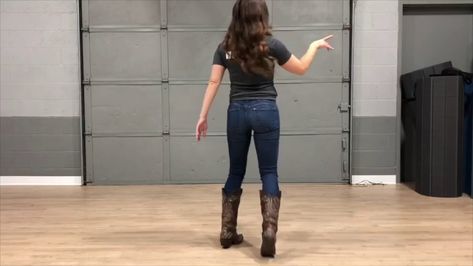 The same group visited the downbeat and taught the Cha Cha in exchange for lessons in the Madison.
The same group visited the downbeat and taught the Cha Cha in exchange for lessons in the Madison.
A group of mail clerks continued to work on the dance at the LVA and organized a team. One member became so enthused that he declared that if the new child in his family turned out to be a boy, he would name him Madison. There is a crumb-crusher with a given name of Madison in the Wallace Jones family now, just about a year and a half old.
According to the incidents, Bubbles is unquestionably creator of the Madison and that makes it a Columbus dance. Be that as it may, there is no doubt he did most to popularize the dance.
He and his team journeyed to Atlantic City shortly after and showed the audience and cast of that fabulous production of Larry Steele, “Smart Affairs,” at Club Harlem how to do the dance. They first danced it for the cast and, just that quick, everyone in the audience was doing the Madison.
Around mid-August of 1959 the team took on a professional role and showed three days at Bubbs Grill in Cleveland. The Madison took on international flavor when Count Basie visited the LVA in Columbus last year and adopted the dance as a feature of his entertainment when he played London and the continent. That is how it got London press notices....
The Madison took on international flavor when Count Basie visited the LVA in Columbus last year and adopted the dance as a feature of his entertainment when he played London and the continent. That is how it got London press notices....
The dance reached its peak of popularity with Columbus folks about a year ago this spring. Madison contests sprang up in all the clubs but the outstanding contest was promoted by the Merry Makers club at Valley Dale which drew the largest crowd ever assembled at the Dale. The contest was won by the 502 Club team. The LVA team, which had really set the basic form for the dance, came in second."...
-snip-
Italics added by me to highlight these sentences.
Columbus = Columbus, Ohio, USA
**
Added April 5, 2022
From http://www.columbusmusichistory.com/html/madison_1.html
..."The Dance
So what is the Madison dance anyway? If you were a teenager in the late 50’s or early 60’s, you know that the Madison is a line dance that was the biggest dance craze of the era, not just in the USA, but around the world.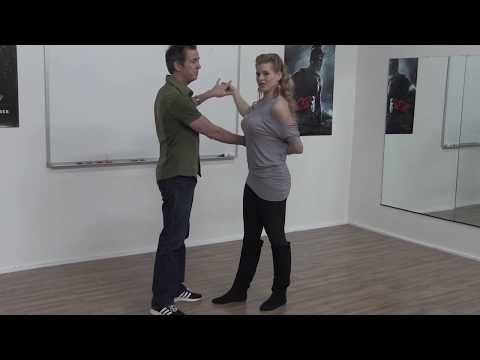 If you saw the John Waters 1988 movie Hairspray or have seen the current television series American Dreams, you have seen the kids on the dance floor in a long line, much like the Soul Train line of the 70’s, doing the Madison.
If you saw the John Waters 1988 movie Hairspray or have seen the current television series American Dreams, you have seen the kids on the dance floor in a long line, much like the Soul Train line of the 70’s, doing the Madison.
The Madison is a basic back-and-forth shuffle done in a line, with a variety of ‘call outs’ for various steps, such as the Double Cross, the Cleveland Box, The Basketball (with Wilt Chamberlain), the Big “M”, The “T” Time, The Jackie Gleason and The Birdland.
The craze spawned Madison dance teams across the nation and intense competitions from city to city, much like the Twist in the 50’s and 60’s, Disco in the 70’s, Break-dancing in the 80’s and the Electric Slide in the 90’s. To this day, the Madison is still taught at many dance studios and it’s not unusual to see it performed at reunions, weddings and parties.
[...]
The Music
The Madison also spawned intense competition within the record industry to capitalize on the lucrative market. Many versions of the Madison were frantically recorded and released. Two versions hit nationally, the Ray Bryant Trio’s Madison Time – Part 1 b/w The Madison Time – Part 2 (Columbia 41628) and Al Brown and His Tunetoppers’ The Madison b/w Mo’ Madison” (Amy 804). Even Bill Doggett had a version, The Madison b/w Ocean Liner (King 5204), although Doggett’s version saw only modest chart action.
Many versions of the Madison were frantically recorded and released. Two versions hit nationally, the Ray Bryant Trio’s Madison Time – Part 1 b/w The Madison Time – Part 2 (Columbia 41628) and Al Brown and His Tunetoppers’ The Madison b/w Mo’ Madison” (Amy 804). Even Bill Doggett had a version, The Madison b/w Ocean Liner (King 5204), although Doggett’s version saw only modest chart action.
Al Brown’s release on 4/4/1960 took off first, quickly skyrocketing up the charts to eventually peak at #23 on Billboard and #5 on the Cashbox R&B charts. However, Ray Bryant’s version was rush-released one week later on 4/11/1960 and climbed to #30 on Billboard.
Both records were strong sellers, but the presence of two versions of the Madison simultaneously on the charts meant that neither would enjoy the number one chart position that undoubtedly would have otherwise occurred for one of them. These two records would prove to be the only top 40 hits for both artists, despite long careers and many other recordings in the jazz arena.
Ray Bryant’s version saw new life in 1988 as a key part of the soundtrack for the movie Hairspray, starring Ricki Lake, Sonny Bono, Jerry Stiller and Divine. In addition to inclusion on the soundtrack CD, Ray Brant’s The Madison Time was also released as a single 45 (MCA-53322) that included a picture sleeve showing Ricki Lake and the cast doing the Madison.
In 2002 the Madison appeared yet again in the currently running Broadway production of Hairspray, starring Harvey Fierstein.
The Artists
Al Brown was a local Baltimore musician who had formed a jazz group known as the Tunetoppers in the late 50’s. The Madison dance was already alive and thriving when Al Brown became aware of it and saw an opportunity to record a song to fit the dance. The recording on the Amy label immediately took off and was a surprise national hit.
Ray Bryant was a major jazz pianist who was the house pianist at Blue Note in the early 50’s where he backed many notable jazz greats including Miles Davis and Charlie Parker. He later formed a trio and had some minor commercial success with “Cubano Chant’ and “Little Susie”. He also issued a stream of well-received LP’s, but nothing that matched the chart success of “The Madison Time”.
He later formed a trio and had some minor commercial success with “Cubano Chant’ and “Little Susie”. He also issued a stream of well-received LP’s, but nothing that matched the chart success of “The Madison Time”.
When The Madison Time was recorded, Ray Bryant’s combo included Columbus’s own Harry “Sweets” Edison, a highly regarded jazz trumpeter and a graduate of Columbus East High School. The record also included ‘calls’ by Eddie Morrison, who ironically was at one time a DJ in Al Brown’s hometown of Baltimore.
****
From https://en.wikipedia.org/wiki/Madison_(dance)
"The Madison is a novelty dance that was popular in the late 1950s to mid-1960s....
The Madison is a line dance that features a regular back-and-forth pattern interspersed with called steps. Its popularity inspired dance teams and competitions, as well as various recordings, and today it is still sometimes performed as a nostalgic dance....
The Madison took on international flavor when Count Basie visited Columbus [Ohio] in 1959 and adopted the dance as a feature of his entertainment when he played London and the Continent, creating press notices in London. [6]...
[6]...
Called steps included the Double Cross, the Cleveland Box, The Basketball (with Wilt Chamberlain), the Big "M", the "T" Time, the Jackie Gleason, the Birdland, and The Rifleman. "The Jackie Gleason" is based on a tap dance movement known as "Shuffle Off to Buffalo".[7] Additional called sequences are: Two Up and Two Back, Big Boss Cross in Front, Make a "T", the Box, Cuddle Me, and Flying High. "Away We Go" may be the same as "The Jackie Gleason".[8]
Time magazine noted the Madison in April 1960.[9]"....
****
INFORMATION ABOUT THE MADISON- AL BROWN & THE TUNETOPPERS
From http://www.bluesart.at/NeueSeiten/REMEMBERING+AL+BROWN+%281929-2009%29%20.html Text and Photos by Larry Benicewicz
"Having been a disk jockey for over fifty years, I can attest to one verity in the business of getting people on their feet (even the shrinking wallflowers) and onto to parquet----play a line dance.
And in the enormous canon of platter spinning, there are simply no numbers as enduring; be they the “Hokey Pokey” or the “Stroll” of the 50s, the “Locomotion” of the 60s, or latter day, cross generational crowd pleasers such as Marcia Griffiths’ Caribbean flavored “Electric Boogie,” Buster Poindexter’s (David Johansen) salsa laced “Hot Hot Hot,” BLACKstreet’s funky “Booti Call,” or Mr.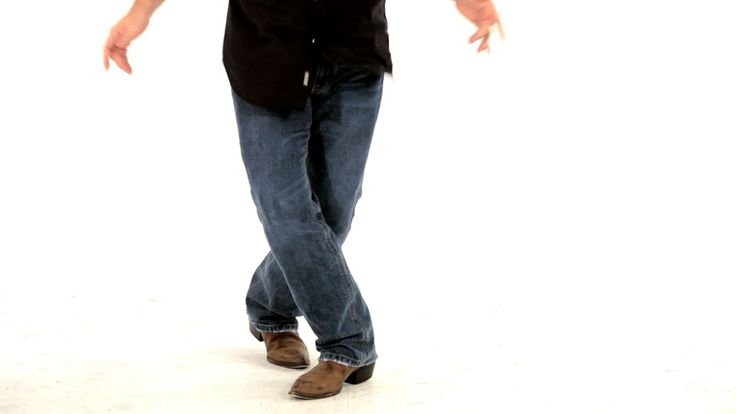 C The Slide Man’s hip hop imbued “Cha Cha Slide” to start the party rolling.
C The Slide Man’s hip hop imbued “Cha Cha Slide” to start the party rolling.
No less of a cultural phenomenon in this genre was “The Madison,” which in 1960 was the “Macarena” of its era. And first to thrust this dance craze--which with its elaborate footwork became paradigm for its many descendants -- into the national consciousness was Baltimorean AL BROWN, who died of liver failure March 19 at Northwest Hospital Center. He was 79.
....It was at the club Tijuana that the Madison record was conceived; but its true origin still remains a bit murky. “We were playing one night, and this guy from the Joseph M. Zamoiski Co. [an influential Baltimore and Washington, D.C.-based R&B one stop and distributor] recounts to me how he saw this new dance step, but that it needed some music to go along with it,” said Al Brown in a 1998 interview. Another source, Buddy Young (1926-1983), a former Baltimore Colt halfback and then WEBB-AM (1360) disk jockey, claimed that organist Bill Doggett of “Honky Tonk” fame recorded an instrumental number dedicated to a bar, the Madison, in Cleveland and that later while visiting his hometown, Chicago, Young saw teens doing choreography to it.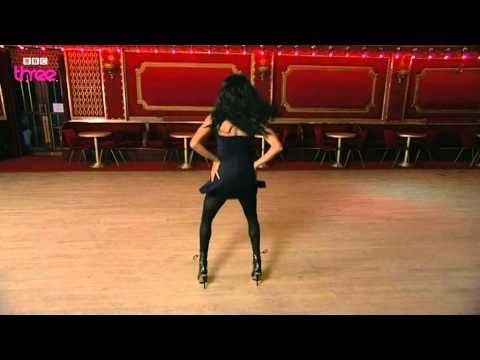 Although Doggett did, indeed, release “The Madison” (King, #5204) in 1959, he utilized his signature, breezy, laid back beat similar to his “Honky Tonk” that didn’t seem compatible to either the more emphatic, syncopated rhythms of the initial dance record of Al’s or any subsequent follow-ups. But there was definitely a Cleveland connection to the Madison (aside from the “Cleveland box” sequence) in that Charles recalled that two heralded Baltimore Colt linemen of that period, Sherman Plunkett and Eugene “Big Daddy” Lipscomb, after having played a football game in that city, described seeing there just such a new, innovative dance routine.
Although Doggett did, indeed, release “The Madison” (King, #5204) in 1959, he utilized his signature, breezy, laid back beat similar to his “Honky Tonk” that didn’t seem compatible to either the more emphatic, syncopated rhythms of the initial dance record of Al’s or any subsequent follow-ups. But there was definitely a Cleveland connection to the Madison (aside from the “Cleveland box” sequence) in that Charles recalled that two heralded Baltimore Colt linemen of that period, Sherman Plunkett and Eugene “Big Daddy” Lipscomb, after having played a football game in that city, described seeing there just such a new, innovative dance routine.
Anyway, Al Brown almost on the spot composed a tune, added some lyrics, and engaged Cookie Brown (no relation) to do the vocal chores. Hastily recorded (with renowned area horn man, Mickey Fields, on piano) at a studio at the Alameda and Cold Spring Lane, the finished product was proffered (probably through a Zamoiski intervention) to fledgling label, Amy, a division of Simon & Shuster, Inc. , run by Arthur Shimkin at 630 Fifth Ave. in New York. “The Madison” (Amy, #804) was only the company’s fifth release (April 4, 1960) and it would go on to be one of its greatest triumphs; so much so, that, as a result, Al Brown and members of his band would be invited to the Big Apple to complete an album’s worth of material, The Tunetoppers at The Madison Dance Party, A-1, Amy’s first LP. And over a two-year period, the logo released three more singles (as well as an EP) from these New York sessions---“Sweet Little Love” (#806), “Mention Me” (#811), and “Shimmy Swing” (#829). Although all these latter disks were fine R&B examples of that period, none would have nearly the impact of the of the novelty dance number.”...
, run by Arthur Shimkin at 630 Fifth Ave. in New York. “The Madison” (Amy, #804) was only the company’s fifth release (April 4, 1960) and it would go on to be one of its greatest triumphs; so much so, that, as a result, Al Brown and members of his band would be invited to the Big Apple to complete an album’s worth of material, The Tunetoppers at The Madison Dance Party, A-1, Amy’s first LP. And over a two-year period, the logo released three more singles (as well as an EP) from these New York sessions---“Sweet Little Love” (#806), “Mention Me” (#811), and “Shimmy Swing” (#829). Although all these latter disks were fine R&B examples of that period, none would have nearly the impact of the of the novelty dance number.”...
****
From https://en.wikipedia.org/wiki/Madison_Time
"The Madison is a novelty dance that was popular in the late 1950s to mid-1960s.
Description and history
It was created and first danced in Columbus, Ohio, in 1957.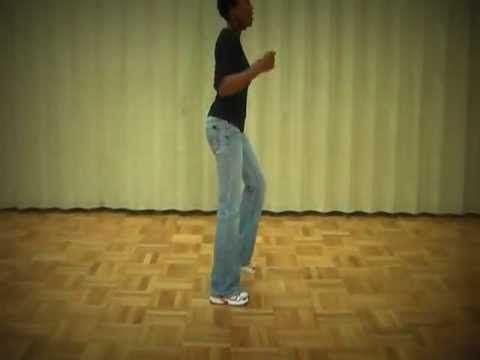 [1] The local popularity of the dance and record in Baltimore, Maryland, came to the attention of the producers of The Buddy Deane Show in 1960. Picked up by dance shows across the country, it became widely popular.[2]
[1] The local popularity of the dance and record in Baltimore, Maryland, came to the attention of the producers of The Buddy Deane Show in 1960. Picked up by dance shows across the country, it became widely popular.[2]
The Madison is a line dance that features a regular back-and-forth pattern interspersed with called steps. Its popularity inspired dance teams and competitions, as well as various recordings, and today it is still sometimes performed as a nostalgic dance. The Madison is featured in the John Waters movie Hairspray, and it continues to be performed in the Broadway musical Hairspray. Both the film and the musical feature one of many songs released during the Madison "craze" in the US.
Ray Bryant recorded "Madison Time" for Columbia Records in 1959.[3] Billboard stated that "The footwork for the Madison dance is carefully and clearly diagrammed for the terpers."[4] The Ray Bryant version was the version featured in the film Hairspray. The other popular version was by Al Brown & The Tunetoppers. ...
...
The Madison basic, danced in the film Hairspray, is as follows:
1.Step left forward
2.Place right beside left (no weight) and clap
3.Step back on right
4.Move left foot back and across the right
5.Move left foot to the left
6.Move left foot back and across the right
Called steps included the Double Cross, the Cleveland Box, The Basketball (with Wilt Chamberlain), the Big "M", the "T" Time, the Jackie Gleason, the Birdland, and The Rifleman. "The Jackie Gleason" is based on a tap dance movement known as "Shuffle Off to Buffalo".[7] Additional called sequences are: Two Up and Two Back, Big Boss Cross in Front, Make a "T", the Box, Cuddle Me, and Flying High. "Away We Go" may be the same as "The Jackie Gleason"."
****
LYRICS: AL BROWN & THE TUNETOPPERS - THE MADISON
Featuring Cookie Brown
Hey, everybody
Gather round
It's Madison time
Give me a big strong line
And make it hook real fine
We're gonna Madison now
If you don't know how
Listen to my call
Put you on the ball
Madison time
Like, two up, two back
Boss turn, Birdland twice
Reverse that bird, step back over
Rock it back into the Madison
When I say hit it like a rug
Let's, uh, hit it
Two up, two back
Boss turn, looking good
Birdland twice, one more time
Reverse that bird, step back over
Rock it back into the Madison
Oh, the line sure swings
The cat's a Madison king
The line is nice and strong
Couldn't catch a single cat wrong
If you take my call
You'll be on the ball
Madison time
Like, two up, two back
Into the M, erase it
Gimme a I, Johnny
Rock it back into the Madison
When I say like a rug
Hit that thing, hit it
Two up, two back
Into the M
Swinging, son
Erase that thing
Gimme the I
Rock it back to the Madison
You hear the Madison groove
Makes you really wanna move
For kids from eight to eighty-three
Just as easy as can be
It's a relaxing dance
Lets you really prance
The Madison, the Madison
The Madison
The Madison, the Madison
The Madison
Source: http://www. lyricsfreak.com/a/al+browns+tunetoppers/the+madison_20783187.html
lyricsfreak.com/a/al+browns+tunetoppers/the+madison_20783187.html
Songwriters: Brown, Al
The Madison lyrics © Sony/ATV Music Publishing LLC
****
LYRICS: RAY BRANT COMBO - THE MADISON TIME (Part I)
It's Madison time, hit it
You're looking good
A big strong line
When I say hit it
I want you to go
Two up and two back
With a big strong turn
And back to the Madison
Hit it!
You're looking good
Now when I say hit it
I want you to go
Two up and two back
Double cross, come out
Of it with the Rifleman
Hit it!
Crazy!
Now when I say hit I want the big strong M
Erase it and back
To the Madison
Hit it!
Walk on
You're looking good
Now then, when I say hit it
It'll be T time
Hit it!
Big strong line
Now when I say hit it
I want the big strong Cleveland box and
Back to the Madison
Hit it!
Crazy
Now when I say hit it
I want the big strong
Basketball with the Wilt Chamberlain hook
Hit it!
Two points
Now this time
When I say hit it
I want the big strong Jackie Gleason and
Back to the Madison
Hit it!
And away we go
Now then, when I say hit it
Birdland, till I say stop
Hit it!
How about a little Stiff leg there
You're looking good
Now when I say hit it
Come out of the Birdland
Back to the Madison
Hit it!
Crazy
When I say hit it
Go two up and two back
Double cross and freeze
Hit it!
And hold it right there
Source: http://www. lyricsfreak.com/r/ray+bryant+combo/the+madison+time+part+1_21083555.html
lyricsfreak.com/r/ray+bryant+combo/the+madison+time+part+1_21083555.html
****
ADDENDUM - VIDEO OF THE BIRDLAND (DANCE)
DC Dance Festival - "Birdland"
MsCharlese, Uploaded on Jul 23, 2011
NHDA and Smooth & EZ performed at the DC Dance Festival, July 23. The event was titled, "Hand Dance: From Classic to Contemporary" and included both Old School and Contemporary Hand Dance performances. This event took place at the National Portrait Gallery
-snip-
Here's a comment from that video's discussion thread:
seywhut2985, 2014
"Now that is the true Birdland. Haven't seen anybody do that in years. Not as easy as it looks if you are used to jitterbugging."
-snip-
I wonder if that commenter meant "...if you aren't used to jitterbugging".
Click https://en.wikipedia.org/wiki/Birdland_(New_York_jazz_club) for information about the Birdland (Jazz Club) in New York City.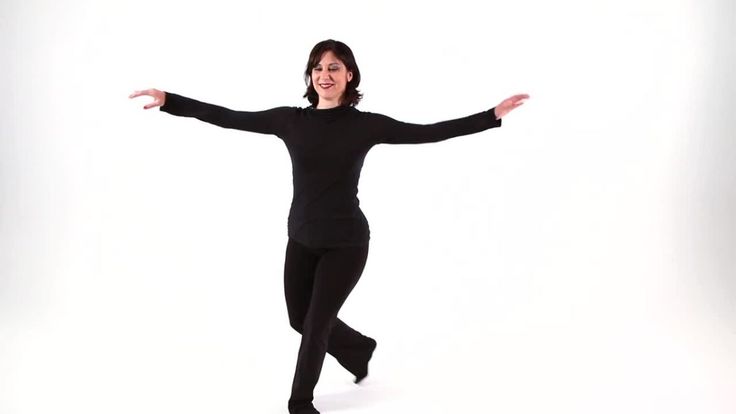
****
This concludes Part I of this series.
Thanks for visiting pancocojams.
Visitor comments are welcome.
Madison (dance) - frwiki.wiki
For articles of the same name, see Madison.
Line dancers in front of the right quarter turn
Same through the right quarter turn
Madison is a line dance created in the late 1950s USA and popularized in the early 1960s. It is a non-contact dance that can be practiced online, alone or in couples.
Summary
- 1 History
- 2 In France
- 3 Today
- 4 Choreography
- 4.1 Madison's most popular sequence
- 4.2 Gallery
- 5 Influences
- 6 famous titles
- 7 recent names to use for Madison
- 8 movies and TV shows with Madison episodes
- 9 links
- 10 See also
- 10.1 Handbooks
- 10.
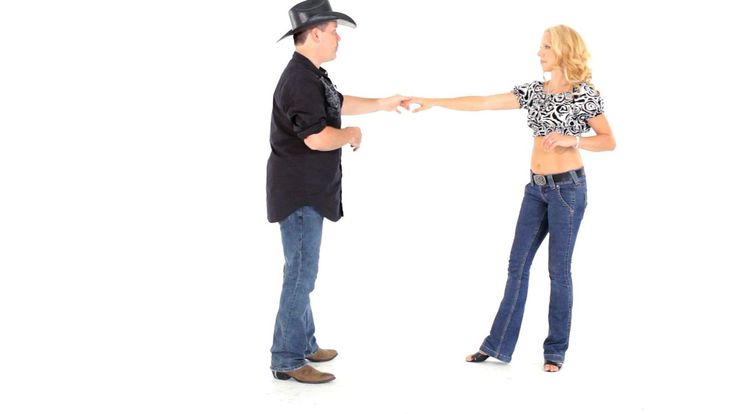 2 External links
2 External links
Historical
Various cities in America are fighting for Madison's paternity, such as Columbus (Ohio) since 1957, Philadelphia, Chicago, Detroit, Baltimore and Cleveland.
His was popularized by two musical versions: the first - The Madison , created by the American former miner Al Brown, and the first record of which was with his band Tunetoppers. The second title was created by Ray Bryant and is called Madison Time .
In France
In France we started dancing the Madison in the summer of 1962, while the United States has been dancing it since 1960. The movie West Side Story also has a rather long episode of Madison, directed by Robert Wise in 1961, and this movie was involved in spreading the dance in France.
At the time, records included a weather forecaster on the back cover that summarized Madison's moves. Thus, there is no need to take management lessons during dance evenings.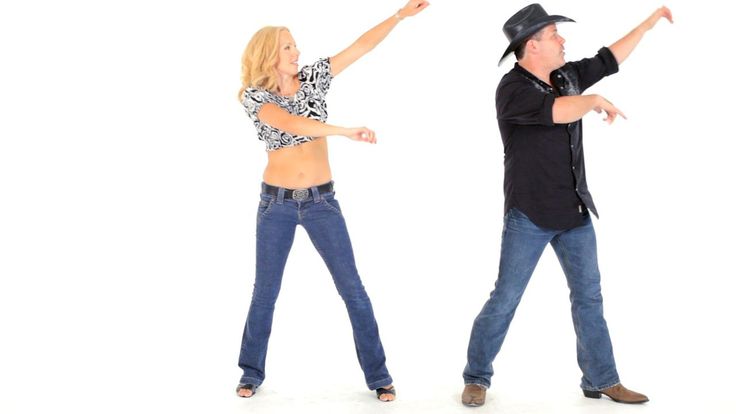 All popular artists have now released their track "madison" (and in France, in particular, the tracks of the record company Barclay), rising on the wave of popularity. However, we must admit that some titles come under the Madison label and are nothing more or less than rock and roll.
All popular artists have now released their track "madison" (and in France, in particular, the tracks of the record company Barclay), rising on the wave of popularity. However, we must admit that some titles come under the Madison label and are nothing more or less than rock and roll.
In France, the kings of Madison as singers are Billy Bridge with his second title Le Grand M and Harold Nicholas. But Madison is also often associated with more or less famous names such as Olivier Despax, Dani Logan, even Sylvie Vartan, Johnny Hallyday or Richard Anthony.
Present
Madison is still occasionally danced, not only at sixties or retro parties, but also at some weddings and nightclubs where rock and ballroom dances are held. At the moment, there are several versions of the Madison steps. The couple version still exists, but is barely danced. We prefer one of the three or four online versions, two of which are particularly dominant.
Madison has been commonly danced to the music since 1962, but it is quite possible to do so at a disco or certain swings. Note recent coverage of Madison's track in a more tonic and modern orchestration: Last Night by Chris Anderson, DJ Robbie, Didier Perreau and Erwan Solomon (composer of Baby Come on ) in the nightclub revival Madison, or more recently Madison revival [1] Distributed by Francis Dreyfus Music.
Note recent coverage of Madison's track in a more tonic and modern orchestration: Last Night by Chris Anderson, DJ Robbie, Didier Perreau and Erwan Solomon (composer of Baby Come on ) in the nightclub revival Madison, or more recently Madison revival [1] Distributed by Francis Dreyfus Music.
Choreography
Madison dance to a slow musical rhythm to medium 4/4: 30 to 44 MPM on average. Because Madison is easy to learn—usually taking just one or two pieces—and doesn't require a partner, it's a dance of choice for people who don't normally dance.
The most practical Madison these days dances in four sets of four steps in 4/4 rhythm (16 beats in total). At the end of 4 bars, the dancer makes a quarter turn to the right and again begins to face the next wall.
First, the dancers line up in several rows so as not to be too tight. In relation to the dance hall, they are located facing the wall where the mirror is located. At the party, the dancers begin to perform in front of a DJ or orchestra, and there are other opportunities to dance the madison.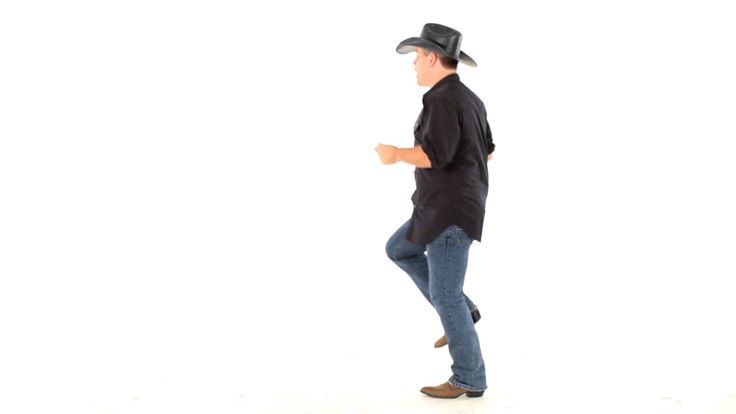
Most Popular Madison Sequence
Sources:
0. Start with feet not connected side by side
1. RF (right foot) moves to the right
2. LF (left foot) approaches RF
3. RF moves to the right
4. Throw LF forward and out to the right
5
Step to the left a little to the left 6. Right step closer to the left 7. Left step to
side to the left
8. Throw to the right forward and to the left
9-10-11. Step back 3 small steps, step left, right
12. Step to the left, resting only on the tip of the foot
13.
Step to the left on the heel 14. Step forward only with the tip of the foot
15. Step on the heel of the right and transfer the weight of the body to RF
16. Jump to the right, turning to the right, falling left
17. Repeat on 1: RF moves to the right.
Gallery
- Sequence of 4 photos:
-
1 of 4
-
2 of 4
-
3 of 4
-
4 out of 4
Influences
From a choreographic point of view, Madison inspired Kuduro, who also dance non-contact.
famous titles
- Last night, Mar Keyes
- Green Onions Madison , Will Burnett and his dance trio Madison
- Le Grand M , Will Burnett and his dance trio Madison
- Madison Time , Will Burnett and his dance trio Madison
- Last Night (cover), Chris Anderson & DJ Robbie
- Baby Come On , Chris Anderson & DJ Robbie (Erwan Solomon composer)
Recent titles that can be used for Madison
- Reality lost frequencies
- Kutchi , Offenbach and Nick Waterhouse
Movies and series with Madison episodes
- 1964: Bande à part , a film by Jean-Luc Godard in which the three main characters dance the Madison scene in a cafe.
- 1965: Le Corniaud is a short scene, , in which Bourville invites a young manicurist to dance at a dinner in Rome.
- 2003 : Monsieur Ibrahim and the Flowers of the Koran : young Momo cheerfully pours a glass of water on his neighbor, who is dancing Madison in the courtyard of his house.

- 2007 : The Go-Getter : Lou Taylor Pucci, Zooey Deschanel and Jena Malone dance Madison in honor of Godard's Bande à part .
- 2016 : 11/22/63 , mini-series, episode 3: in a dance school, students dance Madison.
- 2018: Maniac , mini-series episode 5: Characters played by Rim Kanda, Emma Stone and Jonah Hill dance the Madison.
Recommendations
- ↑ Reed Associates, " Madison 1 ", at www.columbusmusichistory.com (accessed May 29, 2018)
- ↑ Christian Rolland, " UltraDanse: Christian Rolland's dance blog at UltraDanse.com ", at www.ultradanse.com (accessed May 29, 2018)
- ↑ a and b http://www.ultradanse.com/v2/madison/
- ↑ " Danser le madison - Notre Histoire ", available at www.notrehistoire.ch (accessed 22 November 2018)
- ↑ " Dance: Madison" | ARTE » on the ARTE website (as of November 22, 2018)
- ↑ http://www.
 ultradanse.com/v2/pas-du-madison-1/
ultradanse.com/v2/pas-du-madison-1/ - ↑ Anne-Marie Figuera, 25 dances worth learning at home: bamba, bigin, bolero ... , Rambouillet, AMF Danse, , 316 p. (ISBN 2-9506937-1-7)
- ↑ CHRIS ANDERSON & DJ ROBBIE - LAST NIGHT (SONG), http://lescharts.com
- ↑ " Bande à part (1964) - Dance Scene ", (accessed November 23, 2018)
- ↑ " Dance Stage Go-Getter ", (accessed November 23, 2018)
- ↑ " 22/11/63 Madison ", (accessed November 23, 2018)
See also
Reference literature
- Rock and Roll and Madison, Rolland Ed.
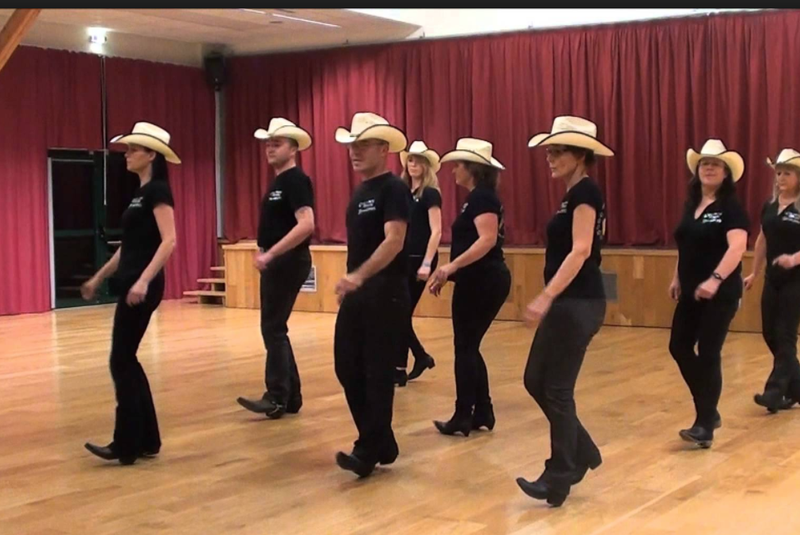 , 2008
, 2008
External links
- Two sequences at UltraDanse.com
- Video: Madison dancers in 1962, Francophone Swiss television archive.
Dance in the style of the 50s - History Of Dance
1950s Dance
1950s style dancing is a true reflection of the evolution, innovation and fun of that era. With steps that evolved from swing, like the jitterbug and bop, and moves that anyone could do, like the bunny hop and walk, 50s dance style isn't going anywhere. Whether you're rockabilly ready or heading to the nearest rockabilly club, here are a few styles you might want to try.
Boogie-woogie
As a dance style, boogie-woogie included any kind of fast swing dance and was also called "jump swing". Boogie-woogie was usually danced to blues and boogie-woogie music at an uptempo.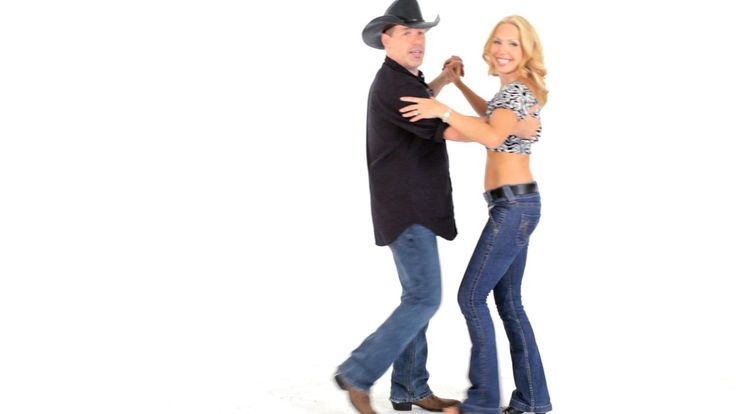 This type of fast dance involved jumping, bouncing, stomping, and even flying with the feet, all done at considerable speed.
This type of fast dance involved jumping, bouncing, stomping, and even flying with the feet, all done at considerable speed.
Related Articles
- Ballroom Dance Photos
- Dance Studio Equipment
- Photos of ballet dancers
Elvis Presley, Jerry Lee Lewis and other popular singers of the time developed their own version of rockabilly by combining blues and boogie-woogie. In Europe, people still dance boogie-woogie, although it has become close to jive and includes elements of both East and West Coast swing.
Bop
Bop dance style comes from the jitterbug and East Coast swing of the 1950s. The term "bop" actually comes from the word "bebop", those fabulous 40s jazz tunes; however, he did not dance to be-bop, but to the much faster swing, rockabilly, and rock and roll songs of the era, such as those of Bud Powell, Fats Waller, and Gene Vincent.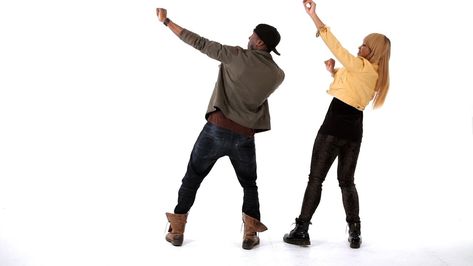
Bop used many of the same movements as swing, including partners moving around each other, but was usually done with almost no touch and much faster. The more light-hearted, Charlestonian edgy moves and independent dance style of Bop also encouraged dancers to take up solos. English dance clubs were and still are filled with people doing bop.
Bunny jump
Bunny hop became a classic dance dance in the early 1950s. It was originally danced to Bunny Hop, Ray Anthony, which came out in 1952 and had all the instructions on what to do. Do a bunny hop, all you need is the energy to jump back and preferably a few people to form a conga line.
Chalypso
Towards the end of the 1950s, the American stage came up with a name for the simplified cha-cha-cha steps that teenagers danced to swing rhythms: Chalypso. However, the dance style took its name from a string of Caribbean hits that took over the US by the end of the decade.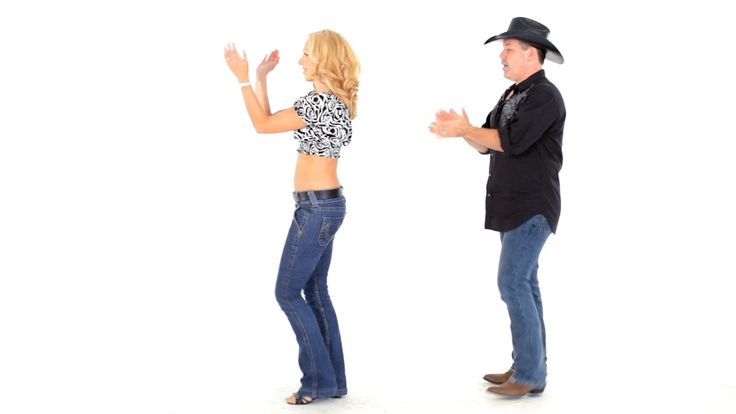 At 19In 1956, Harry Belafonte released his Grammy Award-winning album Calypso , and many more Calypso releases followed with the album's success.
At 19In 1956, Harry Belafonte released his Grammy Award-winning album Calypso , and many more Calypso releases followed with the album's success.
While Calypso's songs were usually danced with a mixture of rumba and samba steps. Somewhere in the future, this was watered down and reinterpreted by young people as a simplified cha-cha-cha. This fun and easy dance style was perfect for dancing to mid-tempo swing songs - not too fast and not too slow.
Jitterbug
The term "jitterbug" originated in the early 1930s and eventually came to be used as a generic term for swing in general. Movies such as Rock Around the Clock, Rock, Rock, Rock, and Girl Can't Help It feature the Jitterbug dancing. By the end of the 1950s, young people began to call fast dances by name. Learning how to Jitterbug is easy.
Jive
Jive, like Jitterbug, is a variation of swing dance.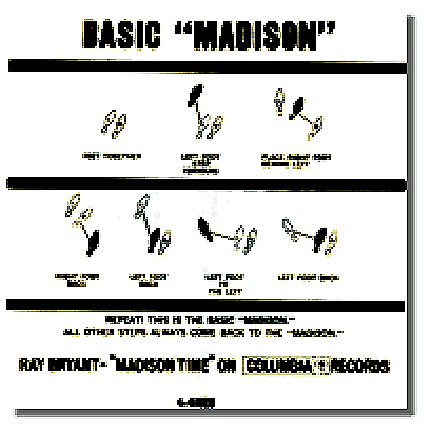 His ancestry is American, heavily influenced by Latino and African American groups, and is known for his speed and fun. Jive is now one of the official forms of Latin American dance in the competition arena and is danced all over the world in rockabilly joints. Read more about the history of Jive dancing and detailed instructions here.
His ancestry is American, heavily influenced by Latino and African American groups, and is known for his speed and fun. Jive is now one of the official forms of Latin American dance in the competition arena and is danced all over the world in rockabilly joints. Read more about the history of Jive dancing and detailed instructions here.
Madison Line Dance
In the late 1950s and early 1960s, the Madison line dance became very popular. The simple dance line and steps that the dancers were called upon were a huge success. Madison's madness spawned several recordings of songs specially created for the dance, featuring Al Brown's "Madison" and Ray Bryant's "Madison Time". Top 40 Billboard. It was so popular that the 1988 film Hairspray featured the dance, and it became one of those recurring features in movies and TV shows that depict popular dances 1950s.
To perform Madison, the dancers line up and follow the movements called the song. It's simple and fun!
Rock and roll
Rock and roll is actually a swing dance. East Coast Swing, West Coast Swing, Jive and Jitterbug have all come to be known as a form of rock and roll dance, largely through the film industry and the media. So it was really rock 'n' roll and various forms of swing were used to dance to it.
Some notable rock and roll songs include Gene Vincent's Be Bob a Lula, Little Richard's Tutti Frutti, Bill Haley's Rock Around the Clock, Chuck Berry's Johnny Be Goode and Great Balls. fire" by Jerry Lee Lewis. Some of the films that helped solidify rock and roll include Rockin' the Blues, Don't Knock the Rock, Rock, Rock, Rock!, Jailhouse Rock, The Girl Can. t Help It, "Indomitable Youth" and "Carnival Rock". Here is an example of a rock and roll swing:
The Walk
The Walk was a staple of most dance halls in the 1950s.

